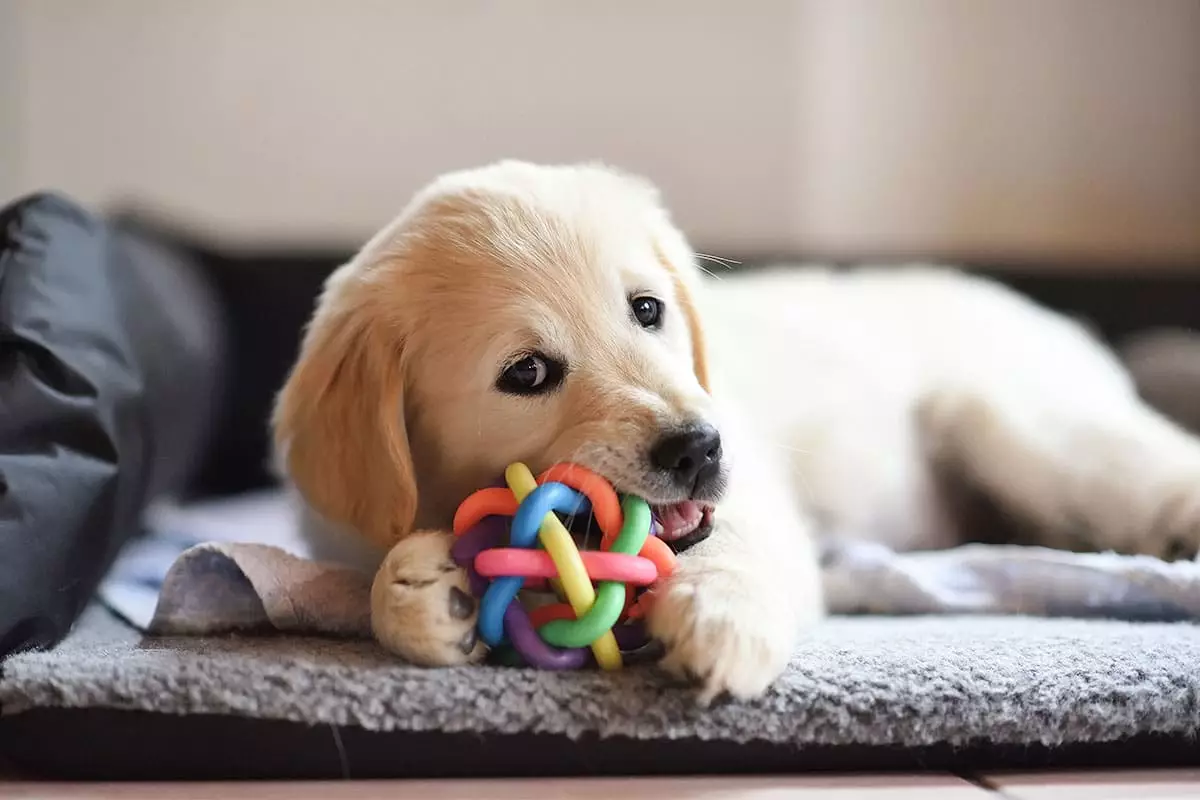Dogs are an endlessly fascinating species, often displaying behaviors that make us chuckle, ponder, and wonder about their inner workings. One of the most charming habits that pet owners may find endearing—and quite frequently puzzling—is their dog’s tendency to hide toys. Whether it’s a squeaky duck, a plush bone, or a chew toy, you might have discovered these beloved items tucked away in odd places like behind the couch or under your pillow. But there’s more to this playful quirk than meets the eye, and exploring why dogs hide their toys reveals layers of instinct, emotion, and even intelligence.
Instincts from a Bygone Era
At the heart of many canine behaviors lies instinct, a remnant of their wild ancestors. Before being domesticated and indulged with comfy beds and endless treats, dogs had to fend for themselves, often hiding food and other vital resources to avoid competition and ensure their survival. This deeply ingrained characteristic is still evident today. When your dog buries that squeaky toy in the living room couch, they are tapping into an ancient survival tactic. This instinctual behavior may seem quaint in our modern world, but it underscores the dog’s foundation as a resourceful creature.
Seeking Security and Ownership
Beyond the primal urge to hide prized possessions lies the need for security and ownership. A dog may feel the urge to conceal a beloved toy if there are other pets around, fearing that it could be taken away. Rather than showing aggression, their action reflects a desire to have something that is unequivocally theirs. Stashing their favorite items offers a sense of control and relief, acting as a protective ritual amidst the unpredictability of their surroundings. It’s far more than mere play; it’s a protective measure against loss.
Delayed Gratification and Strategic Thinking
There’s a delightful angle to this behavior of hiding toys: the concept of delayed gratification. A dog may bury or hide a specific toy not because they do not want to play with it, but because they are preserving its value—akin to saving the best slice of cake for the end of the meal. By stashing their toys away, they are preparing for a future moment of joy. This strategic approach to play signifies that dogs possess a thoughtful dimension, contemplating their actions beyond the immediate.
Attention-Seeking and Playful Engagement
Hiding can also be a crafty tactic to engage human attention. Dogs are astute observers, often realizing that certain behaviors elicit reactions from their owners. When a pup misplaces a toy, it might be an elaborate ploy to coax you into a delightful game of hide-and-seek. The excitement of reuniting with ‘lost’ toys can morph into an interactive adventure, something just as enjoyable for the owner as for the dog. It serves as a reminder that engaging with your pet is an essential part of their happiness.
A Shelter of Comfort for Anxious Dogs
For anxious dogs, the act of hiding toys can serve as a coping mechanism. Just as we might cling to a favorite blanket when feelings of unease arise, dogs seek solace by securing their toys. They establish a “safe zone” where they can retreat in times of stress, particularly during changes in their environment or routine. This behavior underscores the emotional nuances within our pets, revealing how they seek control over their little world.
Marking Territory Through Stashing
For dogs, hiding isn’t only about the toy itself; it’s also a method of marking their territory. By placing toys in certain spots, dogs communicate ownership over both the object and the space around it. Such acts of claiming territory—not unlike how humans designate personal space—add another layer to understanding their motivations. A toy beneath your pillow might very well state, “This is my territory, and I am comfortable sharing it with you!”
Exploring Narratives in Play
Interestingly enough, dogs often create narratives around their play. The act of hiding and then rediscovering toys can resemble a story arc, where the toy transforms from a hidden treasure to a beloved companion. This playful curiosity not only entertains but also allows dogs to engage in mental stimulation. The couch may become a treasure chest, and the act of scavenging, digging, or searching becomes a limitless adventure in their mind.
Mirroring Behaviors and Canine Community
Among a social pack, dogs often mimic each other’s behaviors. If one dog starts hiding a toy, it might initiate a playful trend among others in the household. This collective action breeds camaraderie among pets, fostering social bonds as they engage in shared antics. Dogs are inherently social creatures, and their penchant for hiding toys can enhance the sense of community, encouraging playful interactions that stimulate their happiness.
Ultimately, behind every quirky habit of a dog lies a heartwarming tapestry of instincts, emotions, and motivations. The act of hiding toys embodies more than a comical distraction; it’s a testament to the depth of their spirit, character, and the unique relationships they foster with their humans. So the next time you find a toy in an unexpected place, consider it an endearing gift showcasing the captivating world your dog inhabits.

